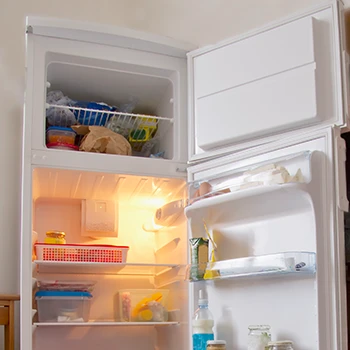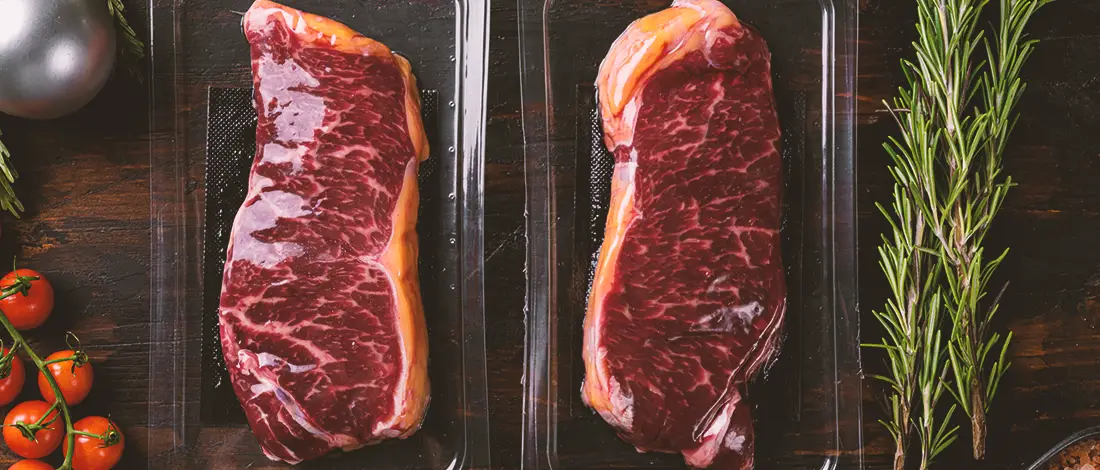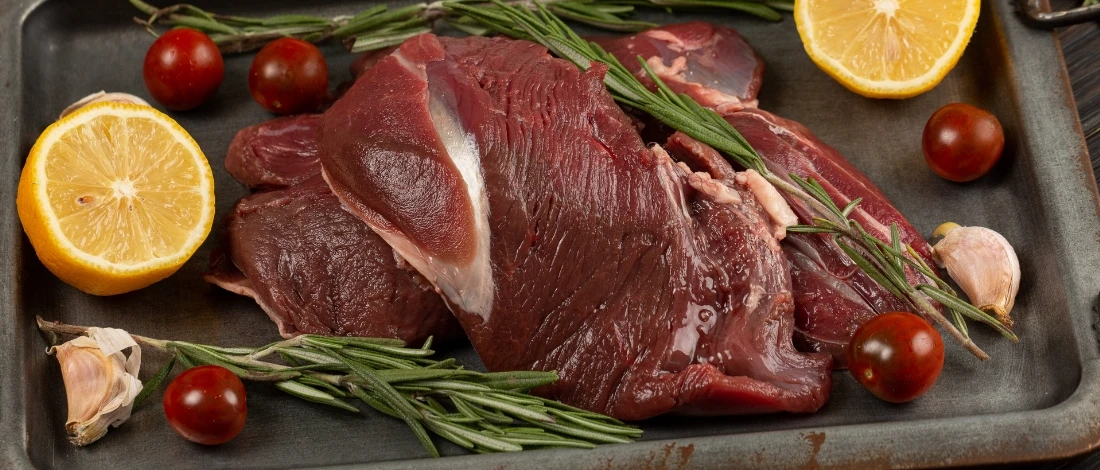Chorizo, pancetta, prosciutto, ham, the list of deli meats goes on and on. I’ve tried them all during my ten years on a carnivore diet.
Deli meats are my go-to package lunch meats when I’m in a rush and don’t have time to cook a full meal, so I make sure I’m always stocked on deli meat.
However, I’ve had my fair share of spoiled deli meat. To prevent this, I talked with my local deli grocer and checked what the USDA says about how long deli meat is good for.
Quick Summary
- Deli meat's freshness depends on storage conditions; it lasts about two weeks in the fridge if unopened and three to five days once opened.
- Deli meat left outside the fridge for over two hours, or over an hour at temperatures above 90 degrees, is not safe to consume.
- You can tell deli meat is spoilt if it has discolored, has a sour or stale smell, or has a hard or slime texture.
How Long Does Deli Meat Stay Fresh?
How long deli meat stays fresh depends on whether you keep it in the fridge and if you open or keep it sealed.
1. In the Fridge

Packaged deli meat has a life of around two weeks in the fridge, and you can eat it a day or two past the printed date.
However, this goes for an unopened package. If you open the package, you have to use the deli meat for three to five days.
The three to five days rule also applies to lunch meats you buy sliced at the deli counter. Make sure to keep sliced meats in plastic wrap or aluminum foil to extend their shelf life.
How long deli meat lasts in the fridge also depends on the meat quality.
Some packaged lunch meats taste fine when you buy them at the deli counter but will start giving off an off smell about two days after being in the fridge, which is a sign to throw them away.
Note: Some circumstances can shorten the life of packaged deli meat, even if you keep them unopened in the fridge. For example, if the meat has been left at the deli for too long, or it’s very hot, and you take hours to get home after buying it, the sandwich meat will stay fresh for a shorter time.
You can keep packaged lunch meats with high-fat content, such as salami and pepperoni, for longer in the fridge, but treat this as an exception, not a rule.
Also Read: How Long Does Steak Last in the Fridge?
2. Outside the Fridge
Deli meat kept outside the fridge has a much shorter shelf life compared to deli meat kept in the fridge. If your lunch meat is left on the counter for over two hours or over one hour at a temperature above 90 degrees, you shouldn’t eat it [1].
This is a general guideline, and it’s up to you if you follow it. If I leave pre-packaged lunch meat on the counter for several hours at a mild temperature, I still use it.
Keep in mind the temperature range between 40 and 140 degrees is called the danger zone. This is when bacteria build up the most, so you shouldn’t keep your sandwich meat at this temperature for too long.
“Packaged lunch meats can be stored in the refrigerator for two weeks before opening. After opening a package of lunch meats or buying sliced lunch meats at a deli, you can refrigerate them for three to five days. Keep your refrigerator at 40 °F or less).”
- USDA
How to Tell Deli Meat Has Gone Bad?

You can tell deli meat has gone bad in three ways: by smelling it and checking its texture and color.
1. Perform a Sight Test
The first step to determine whether your lunch meat is spoiled is the sight test, i.e., examining the color. If you notice any discoloration or changed color from the original, it means the lunch meat is spoiled.
Deli meat usually changes the color around the edges of sliced meat first. It can take on a pale gray, brown, or yellow color when it spoils.
Finally, if you notice any mold, it means the deli meat is spoiled.
2. Smell the Meat
Another sign your lunch meat is spoiled is a sour or stale smell. The rule is, if deli meats smell foul in any way, toss them.
Keep in mind some long-lasting meats, such as salami and pepperoni, don’t start to smell bad immediately when they start to go bad, so you should check their texture.
3. Check for Slime, Sticky, Hard Texture
Finally, you should check the meat’s texture. Old deli meats, or low-quality ones, develop slime when they go bad.
This happens because brine comes out of the meat and congeals on the surface. This doesn’t mean the lunch meat is bad, but it’s gross, and there’s a risk it contains microbes.
Also, if your lunch meat has a sticky feel or feels hard to the touch, it’s another sign it’s spoiled. This means there are bacteria on the surface or yeast formed.
Storing Deli Meat

It’s best to keep deli meat in the fridge, but you also have to make sure it’s properly wrapped.
If you have sliced cuts, store deli meat in a freezer bag or an airtight container. Aluminum foil also works well.
You can also use plastic wrap and put deli meat in the coolest part of your fridge, such as the bottom. Make sure to avoid cross-contamination from drips or contact with other foods.
Packaged cuts are usually sold in resealable bags, so you can keep the lunch meat here.
If you don’t have a resealable bag, use a freezer bag. Make sure to squeeze the air before sealing to make sure you have fresh deli meat for a long time.
Another rule to follow is keeping the meat refrigerated if you bought it that way. Likewise, you don’t have to refrigerate it if you bought it shelf stable.
Freezing Deli Meat
You can also store meat in the freezer. This is a good option when you can’t eat all the lunch meat before it expires or see a good deal and want to stock up.
If you have unopened pre-packaged deli meats, you can freeze them in the original package or a freezer bag. Move the lunch meat into a freezer bag if you’ve opened the package.
Tip: If you only want to unfreeze a few slices at a time, ask the grocer at the deli counter to separate the meat into slices so it’s easy to place it into individual bags. The slices stick together when you freeze deli meat, so dividing the meat is easier if you don’t want to defrost it all at once.
Keep in mind it’s crucial to avoid freezer burn. The rule is lower oxygen, lower chance of a freezer burn. This is why freezer bags work great, but you can also use plastic wrap or aluminum.
You can keep frozen deli meat in the freezer for six months, so eat lunch before this date.
It’s easy to thaw frozen deli meat. Just take it out of the freezer, place it in the fridge overnight, and you can use it in the morning.
Also Read: Can You Freeze Steak?
FAQs
Can You Eat Lunch Meat After Seven Days?
Yes, you can eat lunch meat after seven days if it’s in an unopened package. If it’s open, you should eat it in five days.
Does Deli Meat Go Bad in the Fridge?
Yes, deli meat goes bad in the fridge if it’s been open for more than five days.
References:
- https://www.mayoclinic.org/healthy-lifestyle/nutrition-and-healthy-eating/








